detail profile ra c3 bal ruiz
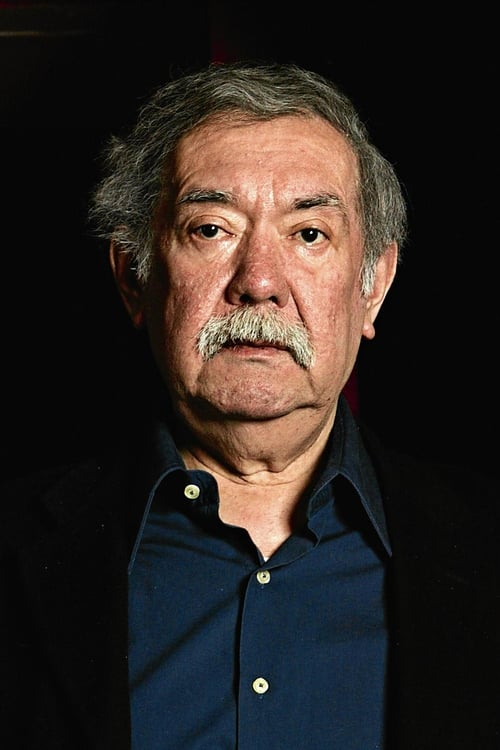
Raúl Ruiz
Raoul Ruiz
atau dikenal sebagai
Riwayat Hidup
Raúl Ernesto Ruiz Pino (25 July 1941 – 19 August 2011) was an experimental Chilean filmmaker, writer and teacher whose work is best known in France.
He directed more than 100 films.
Description above from the Wikipedia article Raúl Ruiz (director), licensed under CC-BY-SA, full list of contributors on Wikipedia.
Info Pribadi
Peran Yang Di Mainkan Raúl Ruiz
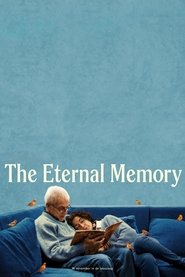 Augusto and Paulina have been together...
Augusto and Paulina have been together...The Eternal Memory 2023
Augusto and Paulina have been together for 25 years. Eight years ago, he was diagnosed with Alzheimer's disease. Both fear the day he no longer recognizes her.
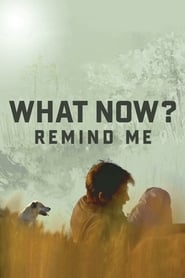 Joaquim Pinto has been living with...
Joaquim Pinto has been living with...What Now? Remind Me 2014
Joaquim Pinto has been living with HIV and VHC for almost twenty years. “What now? Remind Me” is the notebook of a year of clinical studies with toxic, mind altering drugs as yet unapproved. An open and eclectic reflection on time and memory, on epidemics and globalization, on survival beyond all expectations, on dissent and absolute love. In a to-and-fro between present and past memories, the film is also a tribute to friends departed and those who remain.
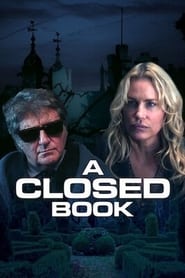 Jane appears to be ideal attractive...
Jane appears to be ideal attractive...A Closed Book 2012
Jane appears to be ideal: attractive, intelligent, unruffled by her employer's abrupt eccentricities. But, gradually, we come aware that Jane has another agenda. Incrementally, Sir Paul's familiar surroundings are altered. His housekeeper is diverted away, strange things happen around the house and he becomes increasingly dependent on his new assistant.
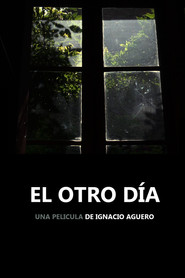 The house of the director has...
The house of the director has...The Other Day 2012
The house of the director has a door out to the sidewalk. This gate separates the inside from the outside. The interior contains the filmmaker's personal story and his world of objects, thoughts and imaginations. Outer space contains the city of Santiago de Chile. The stories of the world inside the house are interrupted when the doorbell rings unknown and thus come into the film.
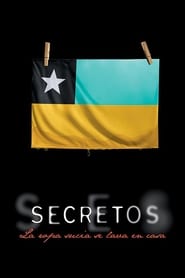 After long decades of exile a...
After long decades of exile a...Secrets 2008
After long decades of exile, a leftist former activist returns to Chile to settle accounts with his conscience, related to the death of a colleague and political hero . The task of Atalibar is to reveal his secret. But his view clashes with the current country, godless, far from the old ideologies and where all his old colleagues have changed.
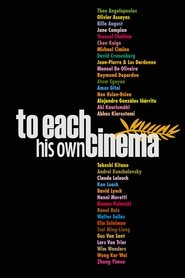 Commissioned to mark the 60th anniversary...
Commissioned to mark the 60th anniversary...To Each His Own Cinema 2007
Commissioned to mark the 60th anniversary of the Cannes Film Festival, "To Each His Own Cinema" brought together 33 of the world's pre-eminent filmmakers to produce short pieces exploring the multifarious facets of cinema and their perspective on the state of their chosen artform in the early 21st century.
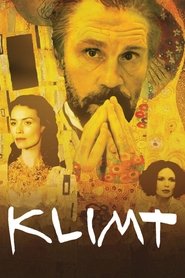 A portrait of Austrian artist Gustav...
A portrait of Austrian artist Gustav...Klimt 2006
A portrait of Austrian artist Gustav Klimt whose lavish, sexual paintings came to symbolize the art nouveau style of the late 19th and early 20th century.
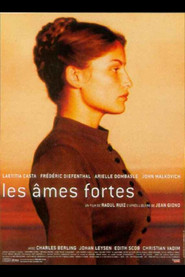 At a wake one night in 1945...
At a wake one night in 1945...Savage Souls 2001
At a wake one night in 1945, a group of aged women recall the life of one of their number. Sixty years before, Thérèse was barely 20 years old when she eloped with her boyfriend, Firmin, a blacksmith, to Châtillon, a town in Provence. Here, she makes the acquaintance of the wealthy Madame Numance, who is known for her good deeds. Realising that Thérèse is pregnant and unemployed, Madame Numance insists that she moves into a house on her estate. Whilst Firmin resents the arrangement, Thérèse soon finds that she can exploit the situation, using her benefactor's naivety and generosity for her own gain..
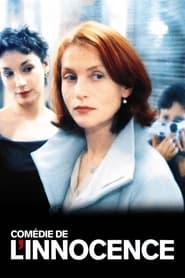 Today Camille turns nine He had...
Today Camille turns nine He had...Comedy of Innocence 2000
Today, Camille turns nine. He had sworn that on his 9th birthday he would show his parents the videos he was shooting on the side - the tail of a cat scampering away, a window, and a veiled woman's face - an intriguing picture... Later that day, Camille's mother, Ariane, meets up with her son in the park. The boy appears perturbed. He is leaning against a tree, eyes cast down. He says that now he wants to return to his "real home" and his "real mother."
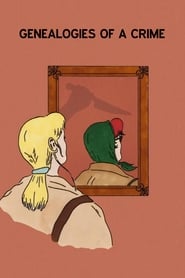 An attorney defends a young man...
An attorney defends a young man...Genealogies of a Crime 1997
An attorney defends a young man on trial for killing his aunt — a psychiatrist who took him in to study possible homicidal tendencies.
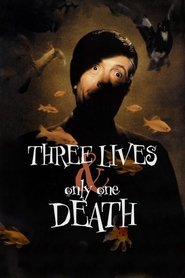 Four intertwining stories of bizarre occurrences...
Four intertwining stories of bizarre occurrences...Three Lives and Only One Death 1996
Four intertwining stories of bizarre occurrences in Paris featuring a man who was stolen away by fairies, a professor who becomes a tramp, the lovers who inherit a chateau – and the last tale that connects all that has gone before.
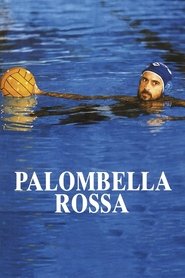 Michele is a Communist MP who...
Michele is a Communist MP who...Palombella rossa 1989
Michele is a Communist MP who loses his memory in a car crash—although nobody seems to notice. Over the course of a water polo match ahead of election day, he begins to remember his past life, revealing the picture of a man whose personal and political identity crisis mirrors the one of Italian communism.
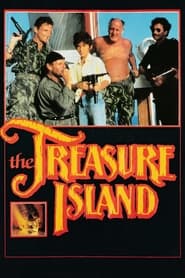 Jim is a small child who...
Jim is a small child who...Treasure Island 1986
Jim is a small child who lives in an inn run by his parents. The arrival of a strange captain to the Island they live will trouble his existence and tip him into an universe of adventures.
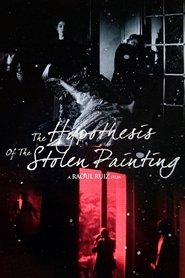 Two narrators one seen and one...
Two narrators one seen and one...The Hypothesis of the Stolen Painting 1978
Two narrators, one seen and one unseen, discuss possible connections between a series of paintings. The on-screen narrator walks through three-dimensional reproductions of each painting, featuring real people, sometimes moving, in an effort to explain the series' significance.
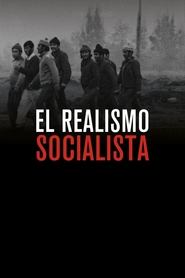 A satirical take on President Salvador...
A satirical take on President Salvador...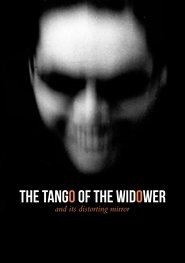 A man whose wife has committed...
A man whose wife has committed...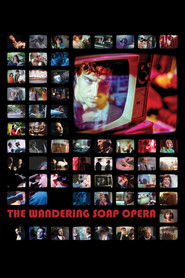 The film revolves around the concept...
The film revolves around the concept...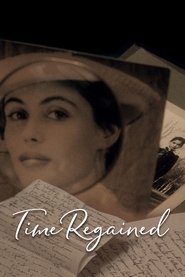 In early 1920s France an author...
In early 1920s France an author...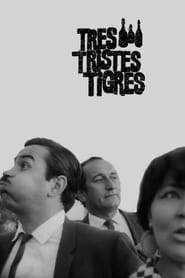 A glimpse at the few days...
A glimpse at the few days...